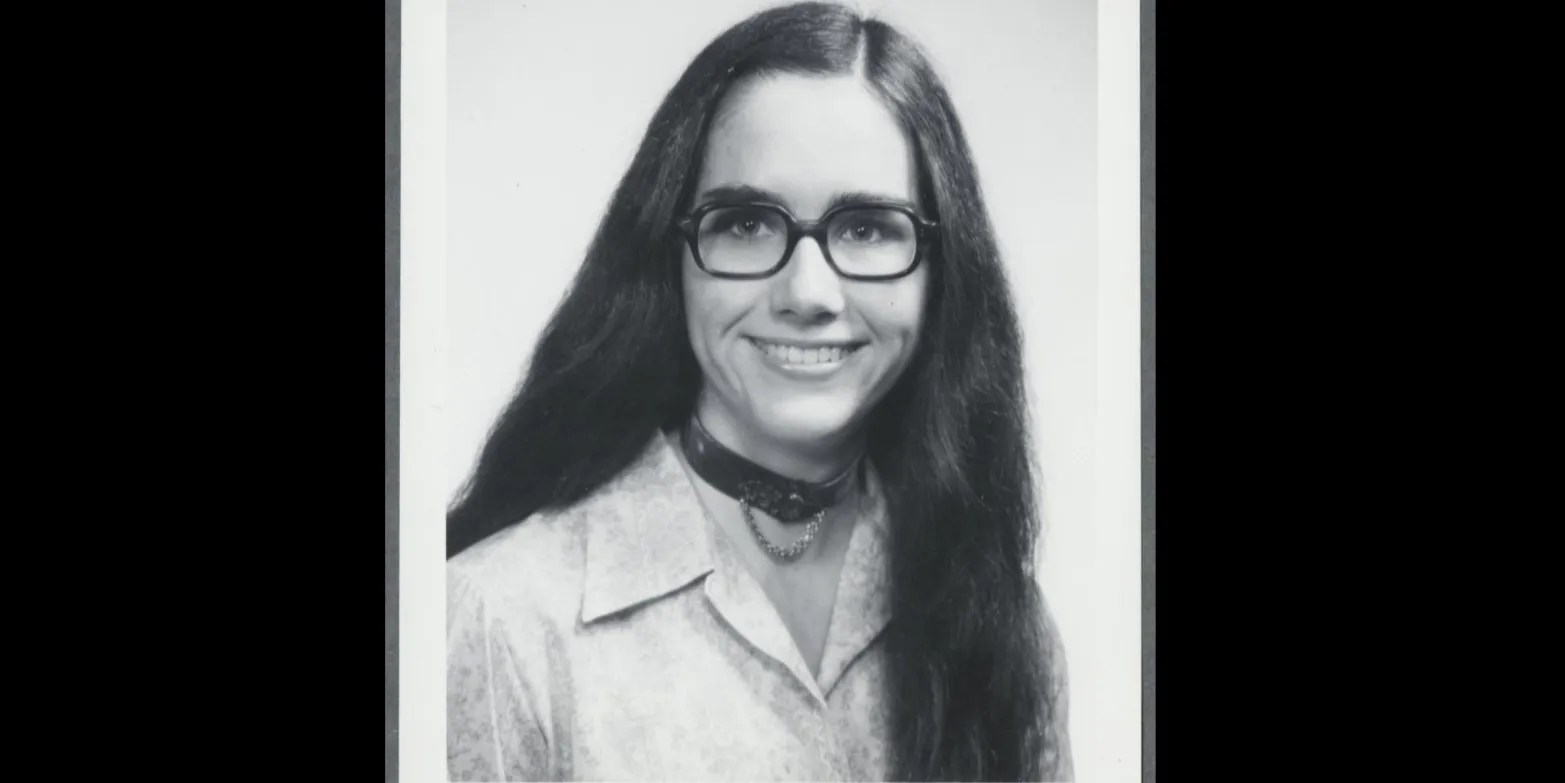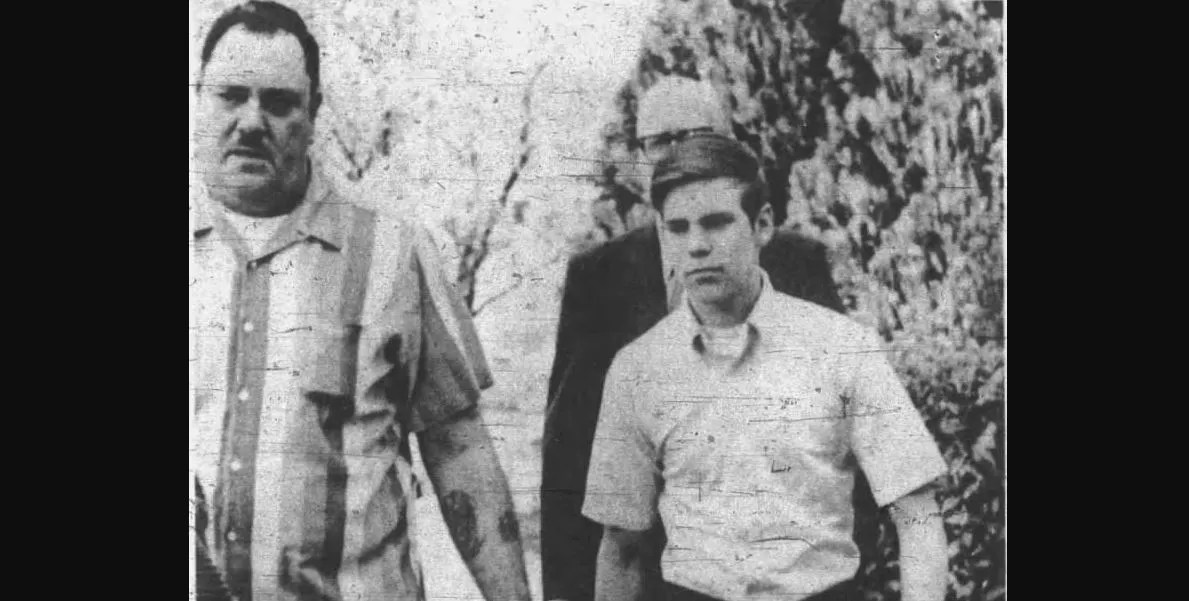Lifetime’s ‘Danger in the Dorm’ follows the harrowing journey of Kathleen, a college student reeling from the shocking murder of her childhood best friend and fellow classmate, Becky. This tragic event comes at a time when their campus is haunted by a seeming killer on the loose. Determined to uncover the truth, Kathleen sheds her rebellious nature, stepping into the role of an amateur sleuth to hunt down the killer targeting young women.
Meanwhile, her mother, Joanne, is torn between protecting her daughter and allowing her the freedom to pursue justice for Becky. Directed by Robin Hays, the crime thriller creates a nightmare scenario for students and their parents as the haven of college life is shattered by a sadistic killer. The commonplace setting combined with horrifying events leads to questions regarding the film’s real-life inspirations.
Danger in the Dorm is Rooted in the True Story of Nancy Wyckoff’s Murder
‘Danger in the Dorm’ finds its inspiration in famed true crime novelist Ann Rule’s book of the same name, which is based on a real-life incident. ‘Danger in the Dorm’ is one of Ann Rule’s earliest works, republished in 2011 but said to have been written four decades prior. With the short book rooted in a real-life murder that took place in 1972, it was chosen for a modern-day adaptation by Lifetime as a part of its ‘Ripped From the Headlines’ true crime series.

In Lifetime’s adaptation, the murder victim’s name is changed from Nancy Wyckoff to Becky Swafford. Nancy Wyckoff was a student at Oregon State University, Corvallis. In early February 1972, two attacks were carried out on the campus’ coed grounds. Students Elizabeth Anne Gleckler and Connie Kennedy were attacked with heavy objects, leaving gashes on their heads. The attacker was not identified, with the victims describing him as a young white man with short brown hair. Security measures were enhanced, but what happened next sent shockwaves throughout the nation.
On the morning of February 8, a few days after the previous attacks, 18-year-old Nancy Wyckoff was found stabbed in her room. An 8-inch carving knife was plunged into her chest, which was found beside her. She was still alive when students found her but had lost a lot of blood. By the time emergency services reached the campus, she no longer had a pulse. Followed by the previous attacks on the girls, the incident sent the entire campus into a state of terror. There was a killer living among them, and no one had any clue who it was.
The Students Came Together, and an Unlikely Killer Emerged
“I think it’s fair to say that up until that moment, we all felt safe, and in a heartbeat, we didn’t feel safe at all. We were terrified that—who would die next?” recalled journalist Jim Edmunson, an Oregon State University alumni who was there at the time of the murder. “For about ten days… the campus was gripped with a terror that transcended any fear that, I think, we’d ever felt. Women, men formed patrols, carried baseball bats and golf clubs and things like this, to walk women to and from campus events, day and night.” He continued, “It became like a frenzy, where we didn’t know who had killed Wyckoff, and for all we knew—and in fact, we were right—the murderer was still in our midst, was a student.”
Meanwhile, the police carried out their investigation, questioning students and interviewing them. They grew suspicious of 17-year-old Marlowe James Buchanan and considered him the prime suspect. Marlowe kept changing his story about where he was at the time of the murder and also talked about losing a flashlight on the third floor of the dorm, where Nancy’s room was located. His flashlight was found at the crime scene, and the knife used for the murder matched a set of kitchen knives he had bought recently.
Marlowe Pled Innocence and Mental Incompetency
When cornered with the damning evidence, Marlowe broke down, started crying, and explained that it had all been a big accident. He said that he broke into Nancy’s room to prank her but panicked when she woke up and stabbed her. “Marlowe James Buchanan, I believe was his name, a 17-year-old freshman—was arrested and tried,” said Edmunson in the aforementioned interview. “The courtroom was packed, and I remember him walking in, and he was just a kid. He was just a child. He could be your little brother. And to think that he had done this monstrous thing! I interviewed many murderers in my career as a journalist, subsequently, but nothing ever impressed me the way that case did.”

In court, Marlowe pled innocent on the basis of mental incompetency, but psychologists found him to be mentally stable with the potential of having had a psychotic break. Marlowe was tried as an adult and sentenced to 10 years in prison for manslaughter. The lighter sentence resulted from the judge believing that Marlowe had not entered Nancy’s room with criminal intent. Moreover, no connection was found between him and the previous attacks on Elizabeth and Connie.
Ann Rule was known to write her crime novels centered around real-life killers whose true nature surprises even those closest to them. She termed herself a psychological detective and tried to understand what differentiated such individuals from law-abiding citizens. ‘Danger in the Dorm’ is one such work that fictionalizes the true story of Nancy Wyckoff’s murder, with further killing taking place on the university campus. Adapted for Lifetime by writer Benjamin Anderson and brought to life by the cast and crew under Robin Hays, the movie is a modern retelling of Ann’s short book based on an unfortunate true story.


